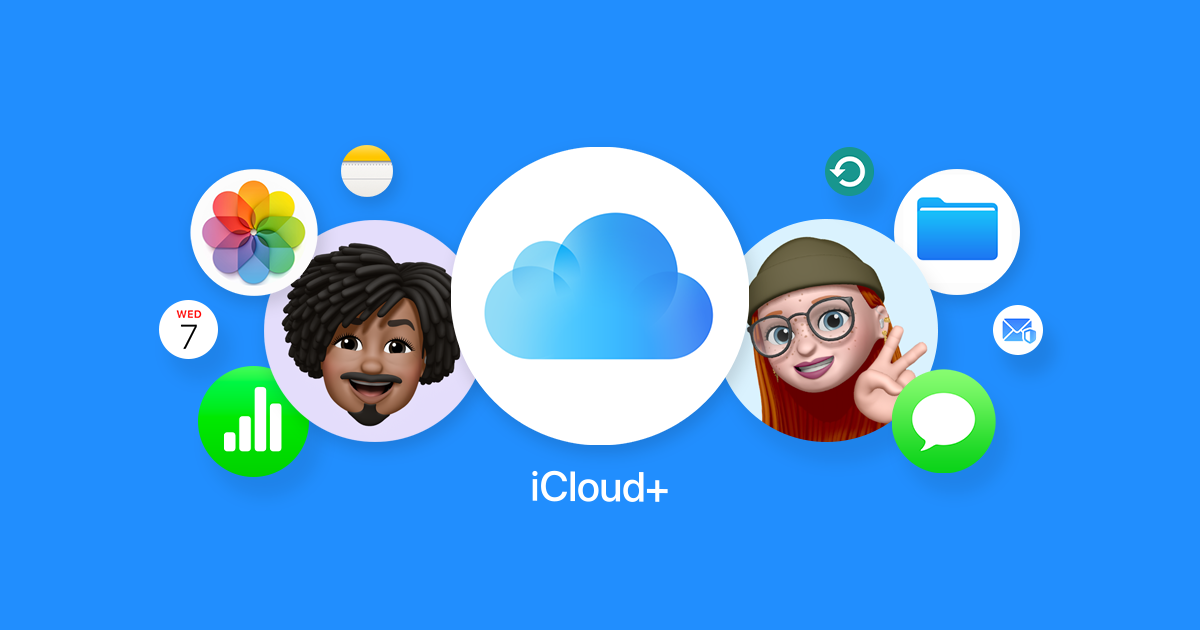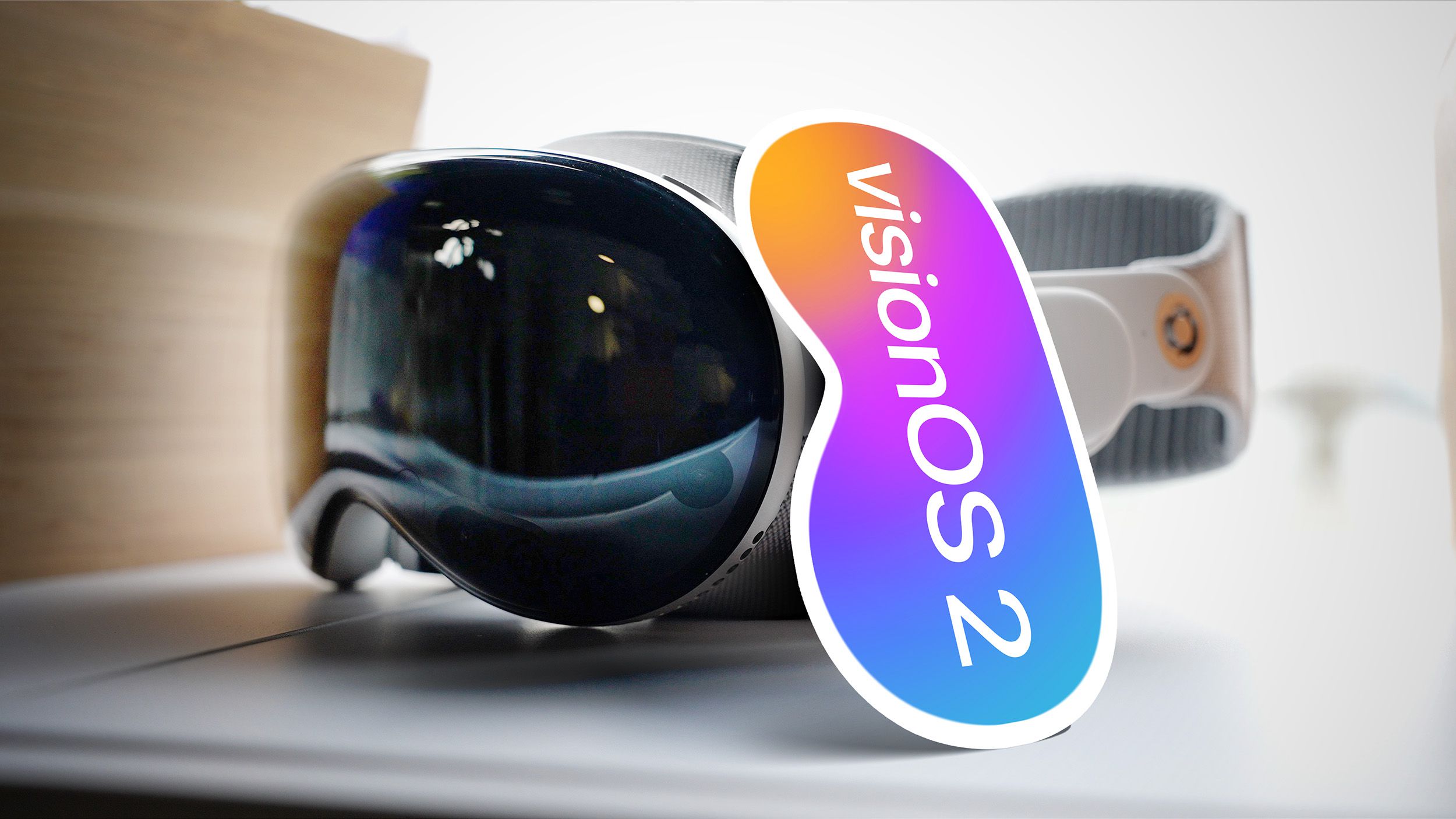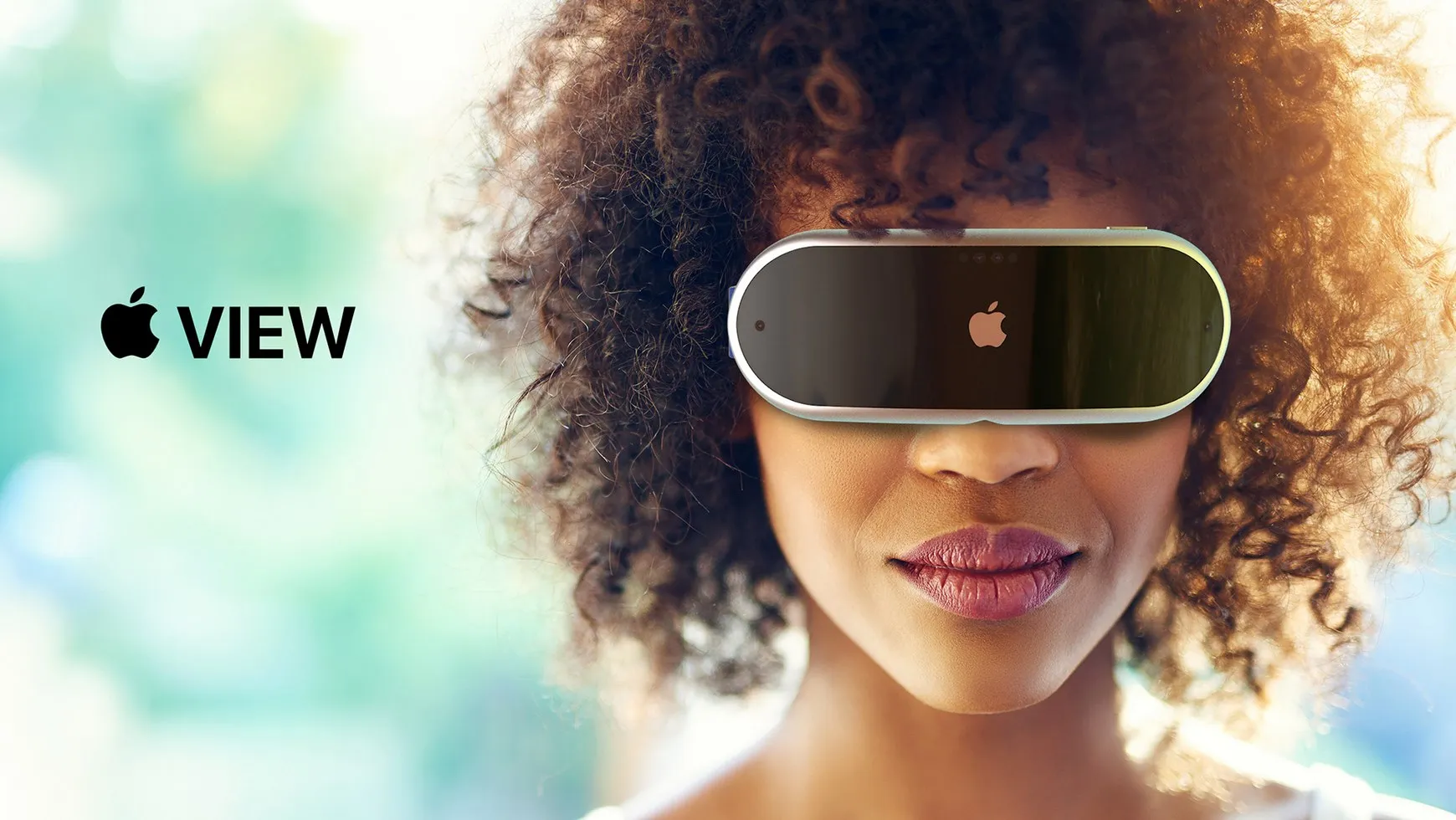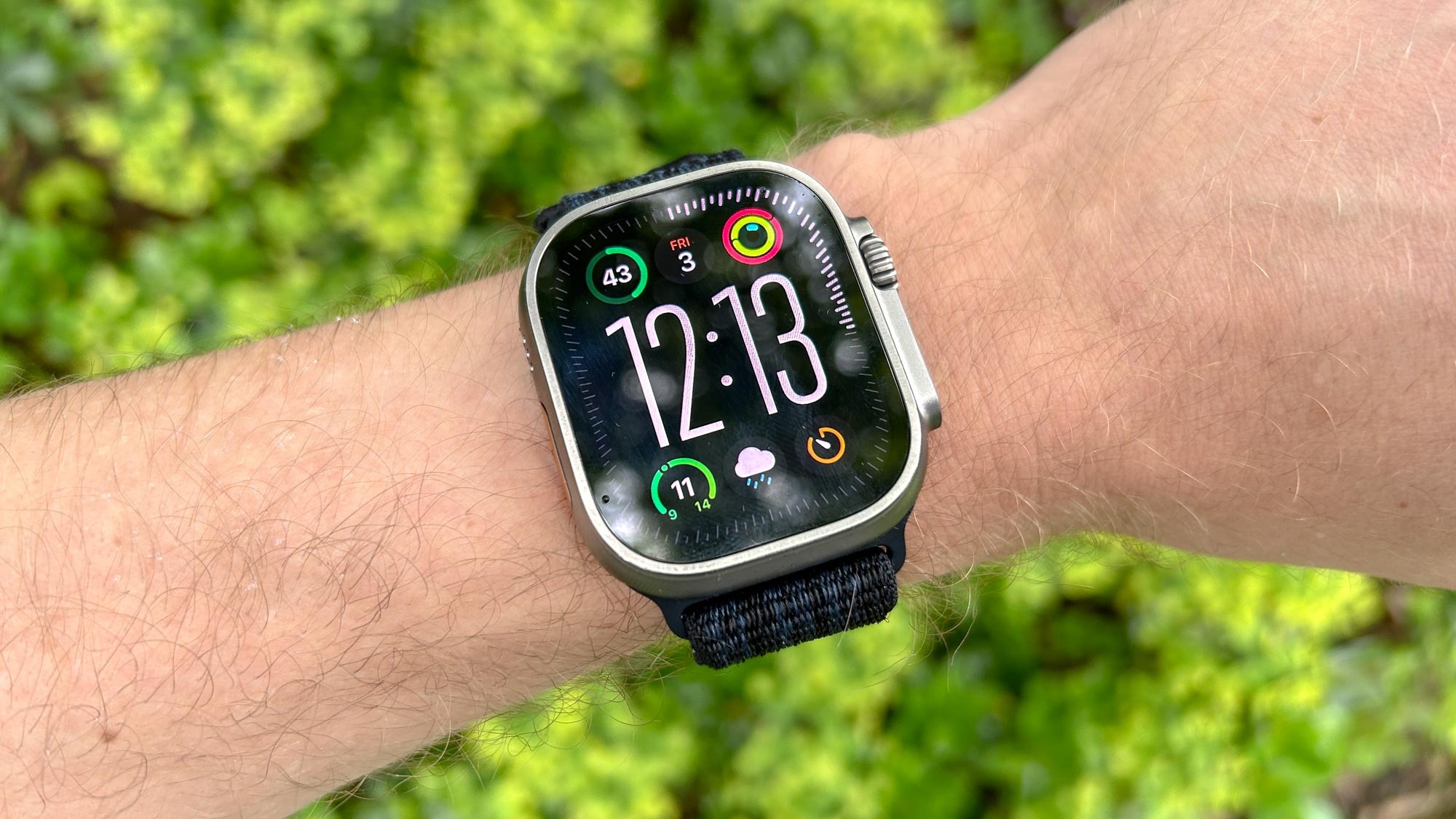Apple Watch is known for saving lives, but now, Apple Vision Pro is making its mark in healthcare, especially in surgery and medical training. Harry McCracken from Fast Company shares how this expensive device is becoming unexpectedly useful in medical settings.
At UC San Diego Health, doctors use the headset to make operating rooms more efficient, reducing physical stress and enhancing work flow. Sharp HealthCare has also started a new center focused on spatial computing, and they’re hosting a big meeting where 300 experts are discussing how Vision Pro can be used in surgery, teaching, and more.
Susan Prescott from Apple was surprised at how quickly the medical community has taken to the Vision Pro. One surprising benefit? Its high price. Prescott explains, “It’s an exciting time where we’re bringing healthcare leaders together not just to listen, but to share and inspire each other with how they’re using Vision Pro.”
Even with its high cost, adoption in the medical field has been swift. UC San Diego Health’s surgeon, Ryan Broderick, describes how the Vision Pro helps in surgery:
“For the best surgical view, the screen should be right in front of your face. But in many surgeries, you have to twist and turn, which can strain your neck and back over time. The Vision Pro fixes this by letting you place screens exactly where you need them.”
The headset uses Apple’s M2 chip, like in their computers and tablets, and a special R1 chip to handle all the sensors. This setup helps prevent nausea and provides critical, real-time data during operations.
With the Vision Pro, surgeons can see their environment while also having virtual screens positioned for comfort. Dr. Broderick’s team tested this by streaming live surgery feeds directly into the headset, improving ergonomics significantly. They’ve already done over 50 cases with promising results.
Despite the $3,500 price tag, the value in healthcare is clear. Tommy Korn, an ophthalmologist at Sharp HealthCare, notes that typical operating room screens cost around $20,000 each. Here, Vision Pro not only offers ergonomic benefits but also seems like a cost-effective choice.
So, while the Apple Vision Pro might seem pricey at first glance, in the medical field, it’s proving to be an investment worth considering. Check out the full story by Harry McCracken at Fast Company for more insights.






